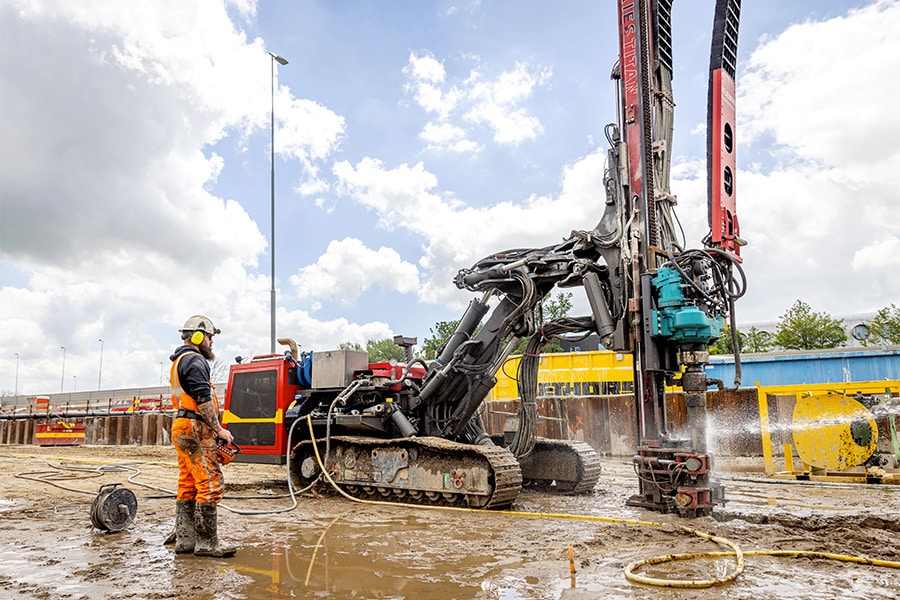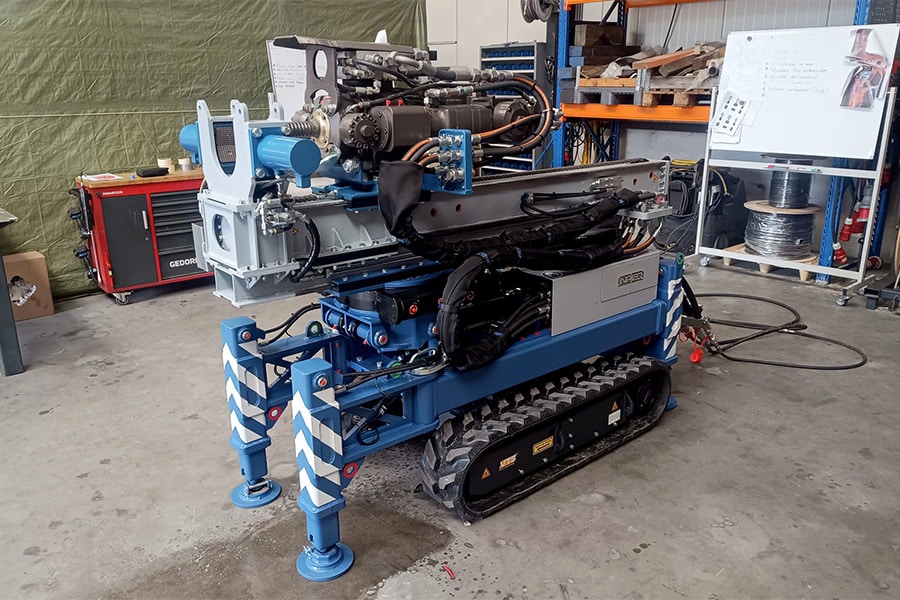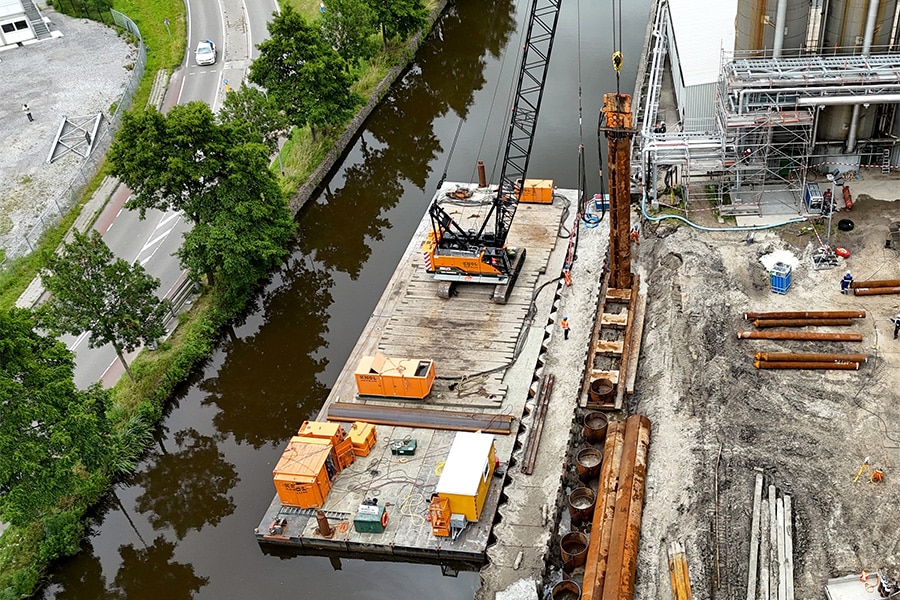
Design, management and monitoring with satellite data
From data to directly applicable information
Using satellite data to monitor movements to the ground, buildings or infrastructure with millimeter precision. It has been Sensar's expertise for many years. Working with satellite data offers many possibilities, such as looking back in time and looking forward to the future. Sensar recently launched a new product that translates satellite data into directly applicable information, such as a risk assessment.
The technology Sensar uses (InSAR) has been around since the 1990s. "We are now making that data applicable to a wider audience," says Arjan Tabak, general manager of Sensar. "Basically, it involves satellite images shot at an altitude of 500 to 800 kilometers from Earth. We compare these over time and, using our own software, map the minute differences between those images. That produces measurements of movements of soil, buildings and infrastructure that are accurate down to the millimeter."

One special aspect of the technology is that Sensar can look back in time. The InSAR satellites have been recording images since 1992. "We draw on a huge archive of information. And that means that executing parties can start building immediately, for example, because we immediately have a baseline measurement. The satellite images immediately show which objects are potentially at risk and which are not. A second important point is that we can visualize an entire area at the touch of a button. You don't miss anything anymore and so you go from situation-driven work to risk-driven work. Finally, because images are recorded continuously, we can issue timely alerts should something threaten to go wrong."
Sensar works in co-creation as much as possible. "90% of our technology is standard, the latest 10% we tailor to the specific need," Tabak clarified. "For example, we have developed the CityScan, a tool for municipalities in the management and maintenance of neighborhoods or districts, as well as an InfraScan for environmental monitoring and a DikeScan for water boards. This provides very concrete insight into how a dike is developing. New for these 'scans' is that, if desired, we can immediately translate them into a risk assessment. In this way we go from data to directly applicable information."



